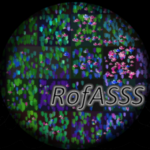
Some problems with ABM literature – New letter
I have recently written a letter in Rofasss where I discuss a big problem with the current ABM literature; at…
– Social Complexity –

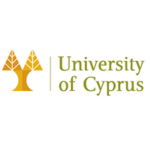
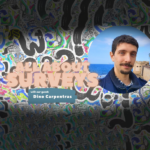
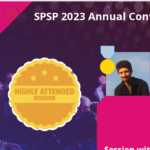
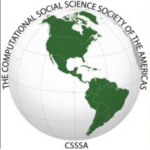

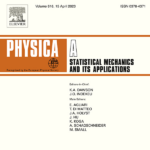
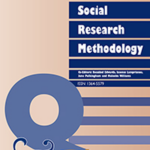
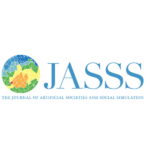
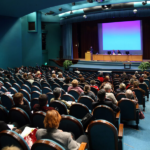
Seamless Theme Just Pretty, made by Altervista
Create a website and earn with Altervista - Disclaimer - Report Abuse